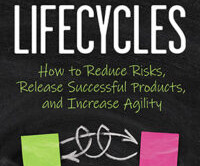The Central versus Decentral Dilemma: How the HR Practitioner can Facilitate a “Center-Led” Solution
Kates Kesler
APRIL 7, 2022
Agility” is the management word of the decade for sure. But to move with agility in a complex organization requires leaders to be confident that important decisions are being made at the right level and location across the enterprise. HR leaders are often asked: Where should work be managed in the organization? An Example.

















Let's personalize your content